_huge.jpg)
Distraction Nation
We work best when we're in a state of flow and completely immersed in the task at hand. But why is it so difficult to reach that state of flow, and how do we get there?
We work best when we’re in a state of flow and so completely immersed in the task at hand that it becomes effortless and even pleasurable. However, with all of modern life’s distractions, it’s very hard to reach that state of flow; in fact it’s likely that you’ll find yourself distracted by something before even finishing this blog.

The Problem with Open Offices
Open-plan offices bring many benefits – natural light, more space to think, increased collaboration, more sociability – but also some unfortunate downsides: noise, lack of privacy and far too many distractions. Because of these, employees often struggle to find enough time to really focus on their work. A recent NeuroLeadership Group study found that only 10 per cent of employees do their best thinking in the workplace; that’s worryingly low.
The Problem with Technology
Modern technology is also a huge problem. The rise of new forms of communication – email, text, instant messaging, social networks, live video – has created a non-stop flow of distractions. Furthermore it has also made it more acceptable to interrupt colleagues with little or no notice. And because communications technology has accelerated the speed of work, we now find ourselves with more tasks to complete, and more distractions to keep us from completing them. David Rock, cofounder of the aforementioned NeuroLeadership Institute, describes the paradox like this:
“Technology has primed us to be distracted. There’s good research showing that people who use a lot of media, who use two screens at once and who multitask, actually become more distracted and worse at multitasking. In fact, the more you multitask the worse you get at it.”

Some Statistics Concerning Distraction
Around 2.1 hours of each working day is lost to unnecessary distractions, which adds up to 260 hours a year, or 33 days; that means we spend more time distracted than we take for our holidays!
Most employees spend around 11 minutes on a task before they find themselves distracted by something else; even worse, most managers are interrupted roughly every 8 minutes. As if this isn’t bad enough, it takes a long while to regain focus: on average it takes 25 more minutes before we can return to the task in hand.
The combination of distracting open-plan offices and modern connectivity has left many feeling way more distracted than they’d like to. In order to cope with this, executives are increasingly returning to their private offices, while other staff are cutting themselves off from their colleagues with headphones, or coming in early or staying later into the evenings so that they can work in a more focused, concentrated environment; but nobody wants to have to do this.

And we’re not just distracted at work, but also in our lives. The rise of home computers and smart phones in particular, with their constant streams of notifications, has lessened our ability to pay close attention and make good decisions. Earlier this decade Microsoft released a study suggesting that since the beginning of the century our average attention span has fallen from 12 to 8 seconds; that’s less than a goldfish.
The Science of Distraction
Knowledge workers are paid to think, not to just do. As such it’s important for them to stay up-to-date and in the loop, and so they often want to be distracted with the latest news. Considering the problem from the anthropological perspective, we’re also hardwired as a species to seek out distractions: we find it hard to resist looking up when we see movements in our peripheral vision. This is a primeval urge which was once essential to our survival in the wild. We’re similarly drawn to crowds and voices because sociability was once essential to living successfully in a tribe. Sociability is pleasurable for humans, and it’s almost impossible to avoid these kinds of distractions at work; so it’s important to find ways of switching off and taking some time out.
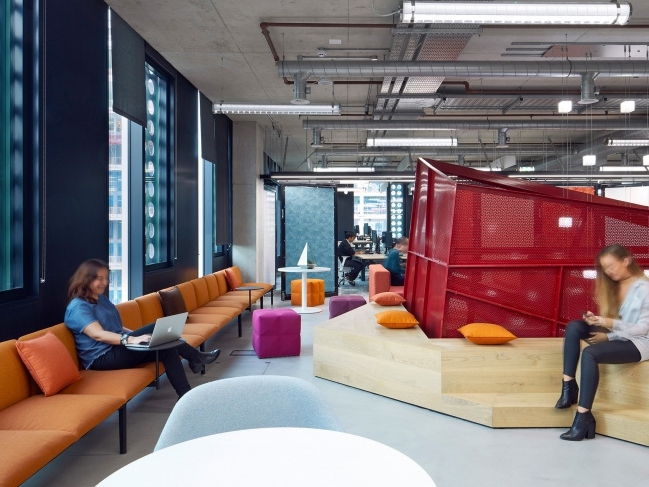
There is Such a Thing as a Good Distraction
The inner workings of our minds can also be massively distracting, particularly when we’re stressed out or worried, so it’s very important to create environments we feel comfortable in. As we’ve covered in a recent trend report, designing parts of the office as a serene sanctuary is a fantastic way of providing calming, distraction-free spaces in which to relax and regain one’s focus.

There is, after all, such a thing as a good distraction, that helps us to work. To quote David Rock once more, “Most problems of any basic complexity require the unconscious brain to actually solve the problem. So once you get to a certain level of complexity, the best way to solve a problem is to pose the question and then do something that’s slightly distracting, to forget about the problem and do something else pleasant for a while.” Hence activities such as relaxing in serenity, going for a walk outside, or performing a short mindfulness meditation are all good, helpful distractions.
Our Solutions
There are many ways of reducing distractions in the workplace. As we’ve seen, turning the workplace into a serene sanctuary can help to relax employees. Alternatively, as we’ve explored in another recent blog, augmented reality headsets will soon be able to help shut out distractions by overlaying the most relevant information on top of the world outside and helping employees to focus on what really matters. In other words, new technologies will be designed to lessen, rather than add to, our distractions.

However the best way of reducing distractions is by having a good office layout. The most important thing to remember is that it’s not a case of abandoning the open office altogether: sometimes employees need private spaces, but sometimes they need shared, buzzy collaborative spaces. Sometimes it’s wonderful to work in groups, but other times it’s better to focus on a job on your own. In order to flourish, staff need to be able to switch between a wide variety of spaces and modes of work as they please. As David Rock says, “We need those options to come together and make thinking visible, or to go away and do quiet work and then come back together. Ideally the environment enables people to move between those different spaces as they need them. It gives people some needed autonomy.”

We’ll leave you with this thought: research has shown that providing staff with more autonomy over the spaces they choose to work in reduces distractions and leads to a one-third rise in productivity. And who wouldn’t want that?
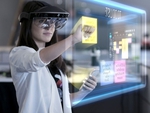
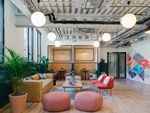
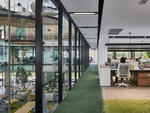
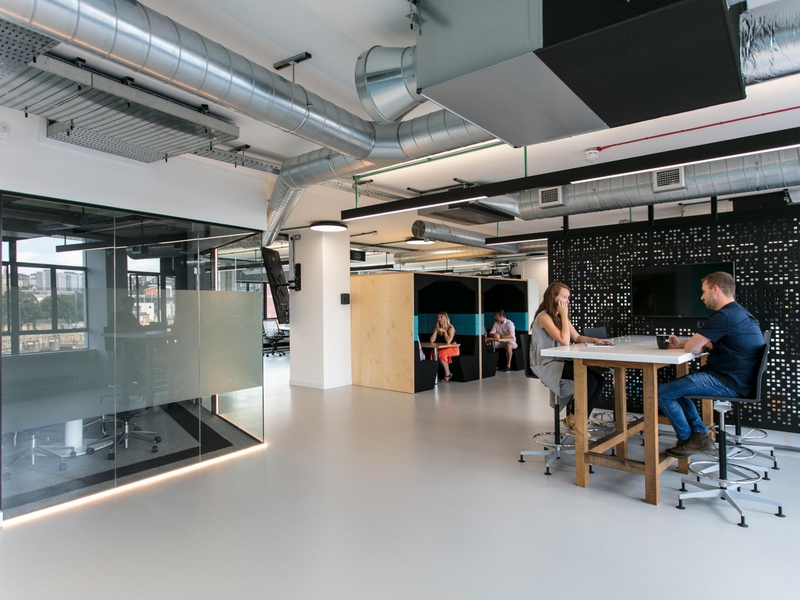
Nex's new 8,000 square foot office in Bristol leads the way for the region's booming tech industry with its dazzling, p…
TECHNOLOGY & IT
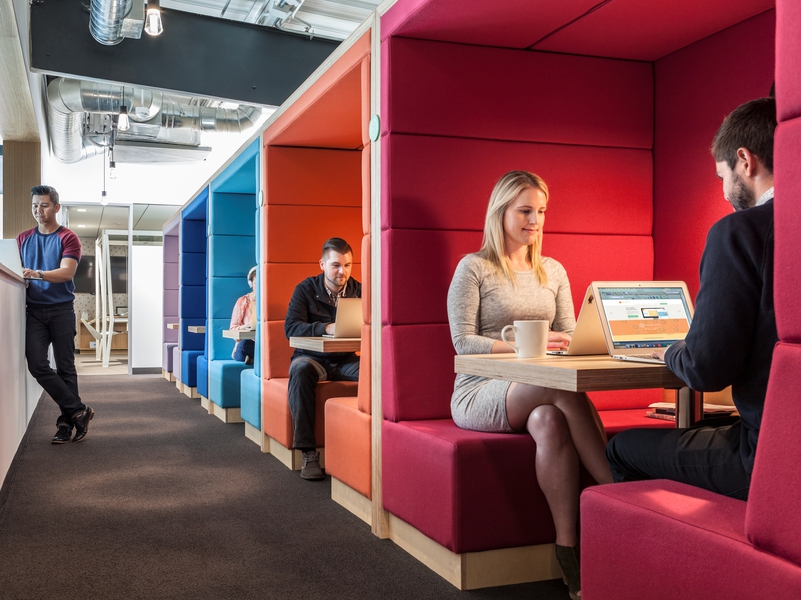
The new headquarters of California's meditation app provider, Headspace, designed by Kelly Robinson, feature the Railwa…
TECHNOLOGY & IT
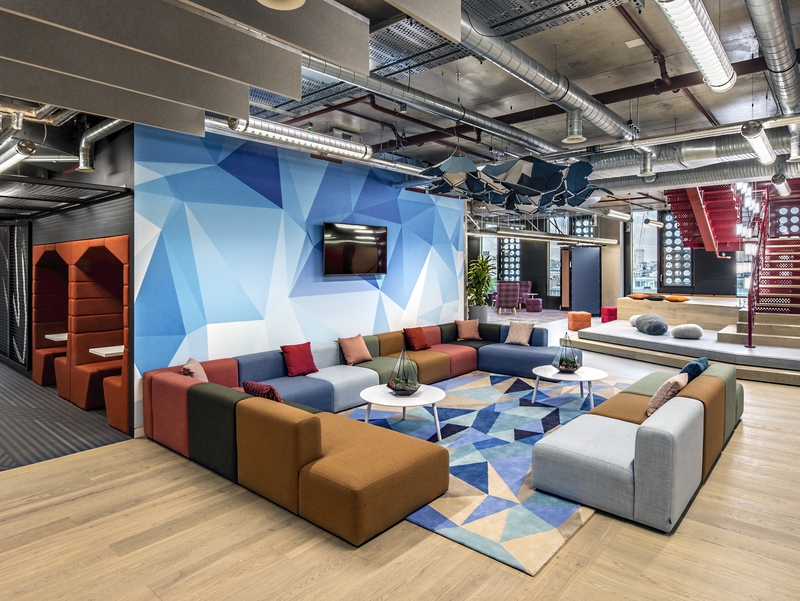
To build a space that encouraged and showcased their creativity, Adobe worked with Gensler to create their new London h…
TECHNOLOGY & IT